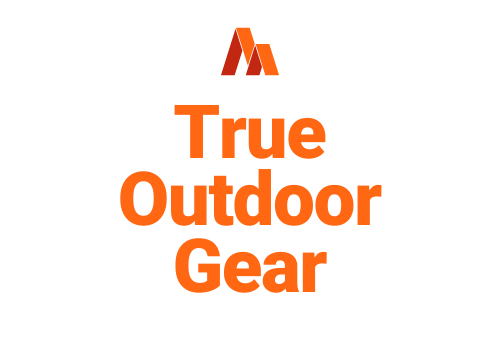When it comes to outdoor adventures, keeping food and drinks cold is essential. However, a common challenge faced by campers and travelers is the limited ice life of their coolers. The duration of ice life can vary depending on various factors, including the type of cooler, outside temperature, and packing techniques. While some coolers may keep ice for a few days, others can maintain it for several weeks.
To extend your cooler’s ice life, it is essential to understand the various factors that impact it. This article provides insights into the different types of coolers available in the market, ranging from traditional hard coolers to soft-sided ones. Additionally, we will explore various factors that affect ice life, such as the type of ice used, the outside temperature, and the size of the cooler.
By following the tips and comparisons presented in this article, readers can optimize their packing techniques and extend the life of their cooler’s ice, ensuring that their food and drinks remain fresh and cold for a more extended period.
Types of Coolers
Various types of coolers, including Styrofoam, soft, hard, and premium hard, are available in the market and each type has its own set of pros and cons when it comes to ice retention.
Styrofoam coolers are lightweight and affordable, making them ideal for short trips or events. However, they only keep ice for a maximum of 30 hours, which may not be sufficient for longer trips.
Soft coolers are another option, which are made of flexible fabrics and are easy to carry. They hold ice for up to 18 hours, making them suitable for same-day use, packing a lunch, or for picnics and tailgating.
Hard coolers are the most common type of coolers and are generally made of plastic or metal. These coolers can retain ice for up to 6 days, making them a good choice for longer camping trips or outdoor events. However, they can be bulky and heavy, making them difficult to transport.
Premium hard coolers are also available and are designed for frequent and long-term use. They can keep ice frozen for up to 7 days or more, making them suitable for extended camping or hunting trips. However, they can be expensive and may not be necessary for shorter trips or events.
Factors Affecting Ice Life
The duration that ice lasts in a cooler is influenced by a range of factors such as the type of cooler, size and volume of the cooler, outside temperature, and temperature of contents. While different types of coolers have varying ice retention times, it is important to note that the quality and size of the cooler are also significant factors. Larger coolers with thicker insulation tend to keep ice longer, while smaller coolers with thinner insulation may not keep ice for as long.
Additionally, the volume of ice and contents in the cooler should eliminate air space, as this can cause ice to melt faster. The outside temperature and temperature of contents also greatly affect how long ice lasts in a cooler. For example, if the cooler is exposed to high temperatures or direct sunlight, the ice will melt faster. On the other hand, colder temperatures will help the ice last longer. The following table provides a summary of the factors affecting ice life in a cooler:
| Factors Affecting Ice Life | Description |
|---|---|
| Type of Cooler | Styrofoam coolers only keep ice for 12 to 30 hours, while premium hard coolers can keep ice frozen for up to 7 days or more. |
| Size and Volume of Cooler | Larger coolers with thicker insulation tend to keep ice longer, while smaller coolers with thinner insulation may not keep ice for as long. |
| Elimination of Air Space | The volume of ice and contents in the cooler should eliminate air space, as this can cause ice to melt faster. |
| Outside Temperature and Temperature of Contents | High temperatures or direct sunlight will cause ice to melt faster, while colder temperatures will help the ice last longer. |
To extend the life of ice in a cooler, it is important to consider all of these factors and take appropriate measures such as pre-chilling the cooler, using larger blocks of ice, and lining the cooler with materials that help retain cold temperatures. By doing so, one can ensure that their food and beverages stay cold for longer periods of time, making outdoor activities such as camping and picnicking much more enjoyable.
Tips for Extending Ice Life
One effective way to increase the longevity of ice in a cooler is to reduce the air space within the cooler by packing it tightly with ice and contents. This can be achieved by using larger blocks of ice instead of ice cubes or by pre-chilling the cooler and its contents before packing. Another method is to add frozen water bottles to the cooler, which can help extend the life of the ice.
Another way to extend ice life is to use dry ice in combination with regular ice. Dry ice is much colder than regular ice and can keep the contents of the cooler colder for longer. Additionally, using aluminum foil or bubble wrap to line the cooler can help insulate it and keep the ice cooler for longer.
It is also important to keep the cooler out of direct sunlight and to avoid opening it frequently, as this can cause the temperature inside the cooler to rise and shorten the life of the ice. By considering these factors and using these tips, it is possible to extend the life of ice in a cooler and keep food and beverages cold for longer periods of time.

